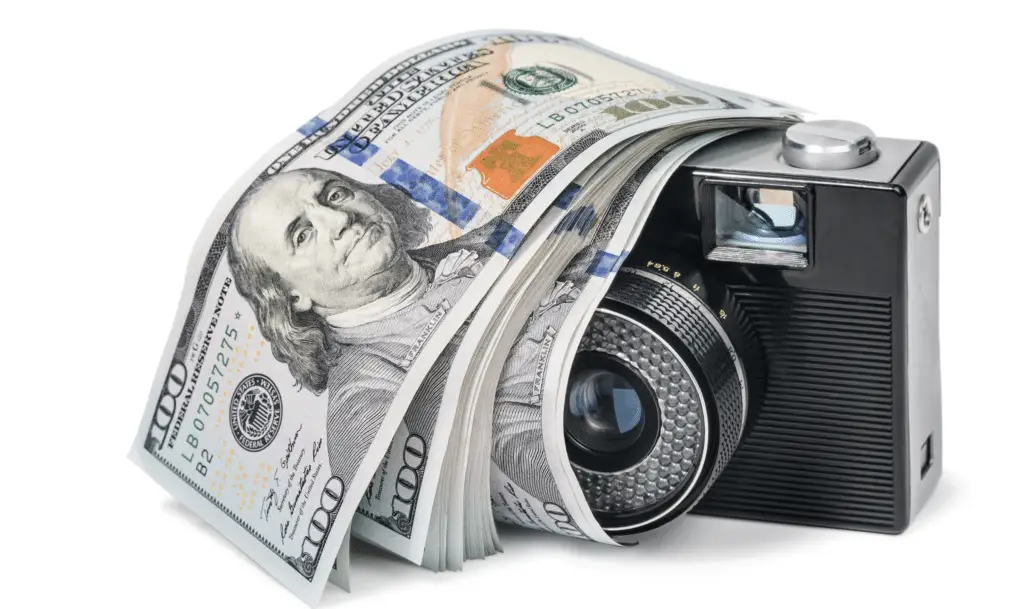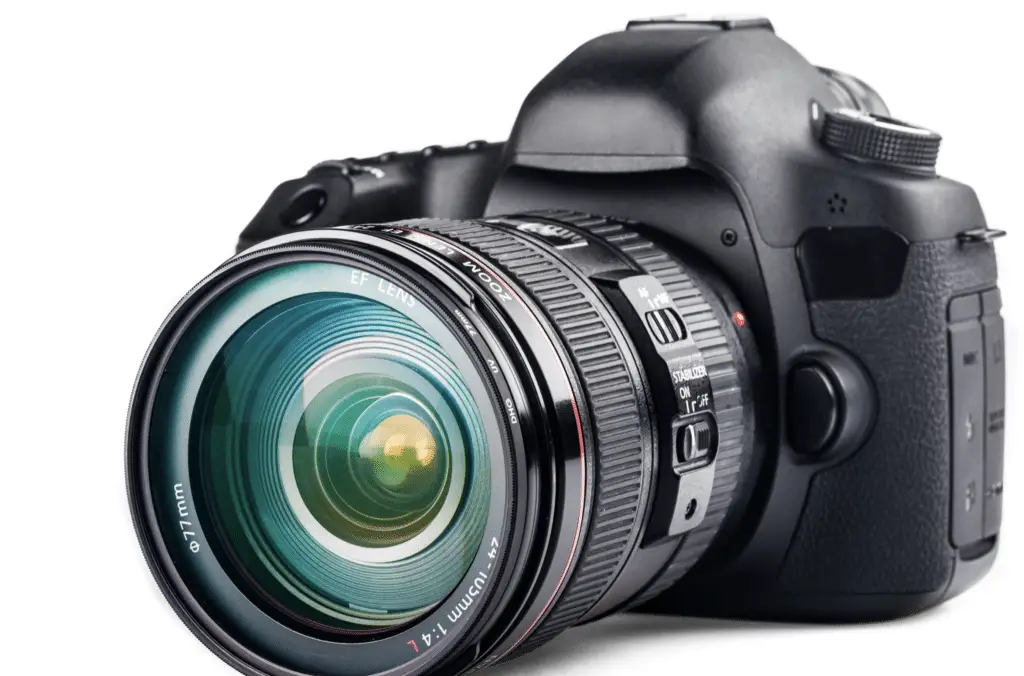Buying a camera for the first time should be a joyous occasion. You’re finally ready to start taking your passion for photography seriously, after all.
However, cameras are one of the most challenging pieces of gear to shop for. It makes sense because you have to sift through a litany of specifications. It can be overwhelming, especially for beginners.
It takes careful thought when buying a camera. It’s true whether you’re purchasing it for a hobby, to earn some extra money, or to make photography your primary source of income.
Below are some tips that can help you choose the right camera for you as a newbie in the photography world:

- Consider Your Budget
Budget will be a significant differentiator in choosing a camera. As boring as it sounds, it’s true. Some options will require you to pay five figures, while others are cheaper as you can get them for several hundred. That’s why determining your budget first is vital.
Setting a price range is the best way for beginners to tackle this step. Fortunately, most online camera stores have a filter option, allowing you to only get something within your price range in the search results. Visit www.cameraworld.co.uk and other trusted camera equipment sellers online to check what’s available within your set price range.
The budget can narrow down your options, but there are still other things to consider.
- The Purpose For Buying A Camera
What photography type are you most interested in at the moment? How far would you like to go in your photography journey? Your purpose for buying a camera is also a deciding factor.
Consider a camera that can grow with you if you see yourself aiming to get better over time. Check if the specs can still serve you after a year or two. How about the range of lenses available? You’d also want to look into that.
- DLSR Or Mirrorless Digital Camera?
Mirrorless cameras don’t have reflectors. What happens in these machines is that the light travels through the lens directly onto the sensor. A digitized version of what’s found on the LCD screen will then be displayed by the viewfinder. On the other hand, traditional DLSR or digital single-lens reflex cameras reflect light from the lens using internal mirrors into the viewfinder.
The DLSRs are more affordable than mirrorless cameras. However, the former weighs more, so during long, hard days, you’ll probably be leaving it out of your backpack. Even the best cameras would be useless if you wouldn’t want to carry them around with you, especially during outings when you can probably capture the best photos. Mirrorless ones are lighter and more compact. Besides the price, usability is also a vital factor to consider. Which do you think will work best for you?
- Check The Camera Specs
Now, it’s time to get into the specs of the camera. They can be quite complex, and different specifications are important to different people. For beginners, here are the things to consider:
- Sensors
One of the most important components of any camera is the sensor. Sensors work like the films of older cameras. They collect light from the lens and translate it into an image. Cameras with bigger sensors can capture more detail because they can take in more light. Most sensors are either full-frame (36 by 24 millimeters) or APS-C size (23.5 by 15.6 millimeters).
Cameras with APS-C sensors are more affordable compared with those with full-frame sensors. A camera with a full-frame sensor produces superior images, so you’ll want one if you plan to turn your photography hobby into a career. However, they’re not really necessary for most beginners.
- ISO
The camera sensor’s sensitivity to light is controlled by ISO. You can shoot in darker conditions even without a flash when you increase the sensor sensitivity. Look for cameras that offer 1600 or higher ISO. Some cameras’ ISO range can even go as high as 25,000 – 102,000.
It’s essential to note, though, that higher ISOs usually mean grainier images and more noise (coloured speckles). Fortunately, one can now get useable photographs at higher ISOs, with cameras getting better when it comes to noise performance these days.
An average ISO range will serve most beginner photographers unless they plan to do night photography or shoot professional-quality action. When searching for your first camera, the best thing you can do is find some sample images that the camera you’re considering has taken at different ISOs. You may want to consider something else if the results are grainy even at low ISOs, especially if you intend to use the device even when it isn’t sunny and bright.
- Stabilisation
Image stabilisation in cameras reduces shakiness and vibration when shooting. It ensures that the images you’ll capture won’t come out fuzzy if you twitch your hand as you click the shutter button. If you’re shooting without a tripod or capturing moving people in outdoor-adventure situations, this feature can be particularly important.

- Lenses
Better lenses have better maximum apertures and top-quality glass for sharper and more professional images. Many people get tempted to cheap out on their lenses after paying a significant amount for a camera. However, good-quality lenses are actually the one piece in your device worth the extra money, according to many experienced photographers, and, yes, it also applies to beginners.
Conclusion
These are the most important things that beginner photographers should look for when choosing their first camera. Don’t forget to read an in-depth review of the device once you’ve selected one. That way, you’ll see the camera’s pros and cons, and you’ll be prepared when it arrives. Of course, your budget and your purpose for getting a camera are also important considerations. Consider what you really need, so you can really have fun with it.
